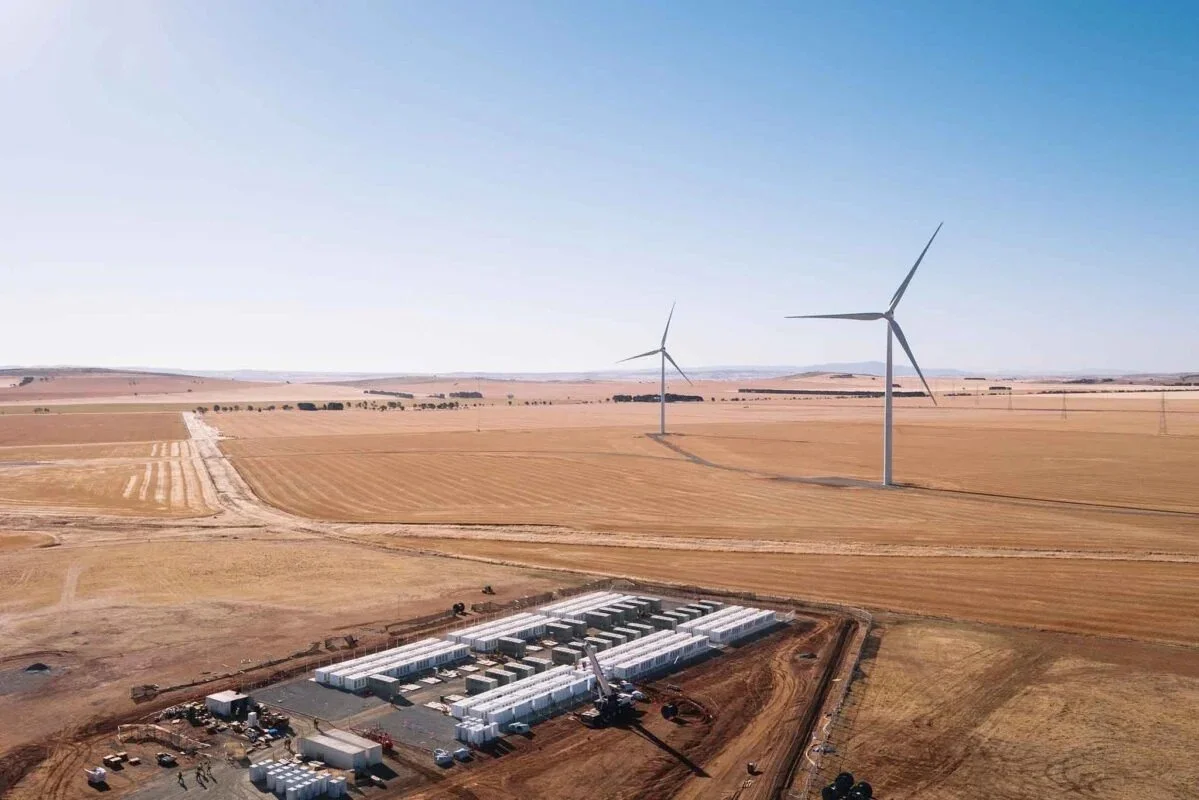The programme will remain open until the AU$500 million allocation is fully committed or until the government determines a closure date. Image: ARENA.
Australia has formally launched its AU$500 million Battery Breakthrough Initiative (BBI), a cornerstone policy designed to strengthen the country’s role in the global battery industry. According to the Australian Renewable Energy Agency (ARENA), which is administering the programme alongside the Department of Industry, Science and Resources, the BBI will provide grants and production incentives to domestic businesses to close critical gaps in local manufacturing capacity. First announced in the May 2024 Federal Budget and shaped by industry consultation, the initiative forms part of the Albanese government’s AU$22.7 billion “Future Made in Australia” agenda, which aims to reindustrialise the economy with a focus on clean technologies including batteries, solar PV, hydrogen, and electric vehicles. Federal industry minister Tim Ayers said during the launch that batteries are central to the clean energy transition and that Australia’s combination of raw materials, research expertise, and industrial base positions it to benefit from surging global demand.
The programme targets three priority segments of the battery supply chain: advanced materials processing, battery cell production, and battery pack assembly. For materials, funding will support projects using Australia’s rich reserves of lithium, nickel, cobalt, and graphite. For cell production, the initiative is designed to help transform Australia from a supplier of raw components into a producer of finished cells. Finally, support for pack assembly is expected to serve both domestic storage needs and export markets. ARENA will distribute funds through mechanisms such as capital grants for infrastructure, production incentives for operations, and streamlined approvals for projects seeking AU$50 million or less, enabling faster progress for mid-sized ventures.
To qualify, projects must meet a Technology Readiness Level of six or higher, ensuring only commercially viable technologies are considered. The programme will remain open until all funding is allocated or the government sets a closure date.


